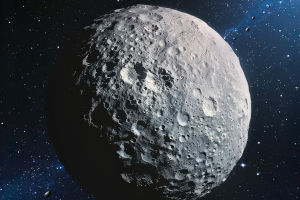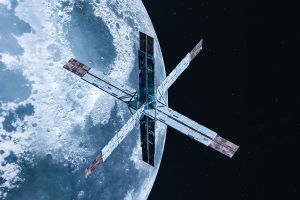The quest to identify habitable planets beyond Earth is a central theme in modern astronomy and astrobiology.
Determining what makes a planet capable of supporting life requires a nuanced understanding of numerous physical, chemical, and environmental factors interacting in complex ways.
The Habitable Zone: More Than Just Distance
Traditionally, the concept of habitability starts with the "circumstellar habitable zone" (CHZ) — the region around a star where temperatures allow liquid water to exist on a planet’s surface. Liquid water is universally acknowledged as essential for life as known on Earth, given its role as a solvent and medium for biochemical reactions.
However, this zone is not a fixed, narrow band but rather depends strongly on the star’s type, luminosity, and spectral characteristics. For example, around cooler red dwarf stars, the habitable zone lies much closer than the Earth-Sun distance, raising unique challenges associated with stellar flares and tidal locking. Conversely, for hotter stars, the habitable zone is farther out but often shorter-lived due to rapid stellar evolution.
Atmospheric Composition and Retention
A planet’s atmosphere plays multiple crucial roles in sustaining habitability:
Temperature Regulation: Greenhouse gases such as carbon dioxide (CO2) and water vapor trap heat, stabilizing surface conditions. Without an atmosphere, planets experience extreme temperature fluctuations detrimental to stable liquid water.
Protection from Radiation: A dense atmosphere can shield the surface from harmful ultraviolet and cosmic radiation, preventing sterilization or damage to organic molecules.
Chemical Reservoir: The atmosphere provides essential gases for biological processes and contributes to weathering and nutrient cycling.
Magnetic Fields: Shielding Life
Magnetospheres generated by a planet’s liquid iron core or other dynamo mechanisms serve as critical shields against charged particles emitted by its host star. Without this protective magnetic barrier, solar wind can remove away the atmosphere, as observed with Mars, which lost much of its early atmosphere, severely limiting current surface habitability.
This magnetic protection also helps preserve water and other volatile resources that are key to sustaining life-supporting conditions.
Geological Activity and Planetary Recycling
Active geology influences habitability profoundly by:
- Recycling carbon through volcanic out-gassing and subduction, which stabilizes atmospheric CO2 over geological timescales.
- Maintaining a magnetic dynamo through internal convection driven by heat from radioactive decay.
- Continuing surface renewal through plate tectonics or other geodynamic processes, which regulate climate by controlling greenhouse gas levels and enable nutrient cycling necessary for ecosystems.
Stellar Variability and Stability
Stars impact planetary habitability not only by providing energy but also through their magnetic and radiative activity. High stellar flare rates and ultraviolet radiation can remove atmospheres and sterilize planetary surfaces, especially in tidally locked planets orbiting volatile red dwarfs.
Water: The Essential Solvent
The presence of surface or subsurface liquid water remains the single most accepted criterion for habitability. Moreover, the source and cycling of water—whether delivered by comets, asteroid impacts, or retained from the planetary formation—determine a planet’s long-term habitability. Planets with substantial oceans can regulate climate through thermal inertia and support diverse biochemical pathways.
Astrobiologist Dr. Sara Seager, a leading figure in exoplanet research, summarizes the layered nature of habitability: “Finding a planet in the habitable zone is just the first step. True habitability requires a delicate balance of atmospheric chemistry, surface conditions, and magnetic protection. It is a multidimensional challenge that goes well beyond simple orbital distance".
Planetary scientist Dr. James Kasting, who pioneered habitability research, emphasizes the dynamic interplay of factors: “A planet’s habitability cannot be divorced from its star or its geological history. Processes like plate tectonics and magnetic field generation are as vital as location in defining habitability, and ignoring these aspects risks oversimplification".
The Future of Habitability Research
With rapid advancements in telescope technology, spectroscopy, and planetary modeling, the identification and characterization of habitable worlds are becoming increasingly sophisticated.
Missions such as the James Webb Space Telescope (JWST) and upcoming projects like the Extremely Large Telescope (ELT) aim to analyze exoplanet atmospheres for biosignature gases and surface conditions resembling those for habitability.
Planetary habitability emerges from a confluence of factors including orbital parameters, atmospheric composition, magnetic shielding, geological activity, and stellar environment.
The simplistic notion of a habitable zone has evolved into a multifaceted framework incorporating planetary and stellar science. Insightful contributions from experts clarify that assessing habitability demands a comprehensive approach, integrating aspects from planetary interiors to stellar behavior.


